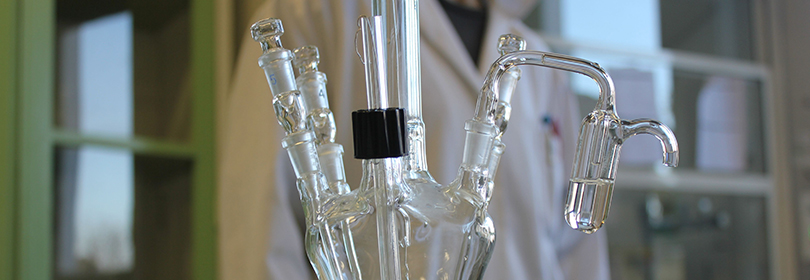
The nickel-rich layered oxide LiNi0.8Mn0.1Co0.1O2 (NMC811) is a promising future cathode material for lithium-ion batteries in electric vehicles due to its high specific energy density. However, it exhibits considerably faster voltage and capacity fading as compared to NMC materials with lower Ni content, which greatly impairs its long-term cycling stability. In order to enable the practical use of NMC811 in Li-ion batteries, a better understanding of its degradation mechanisms is required which must be underpinned by a detailed knowledge of the changes of structure and dynamics during charge and discharge of the material.
7Li solid-state NMR is a well-suited technique for investigating lithium-ion battery materials as it is sensitive to the local environment of Li ions as well as their dynamics. This talk will present ex situ and in situ 7Li NMR studies of NMC811 cathodes during electrochemical cycling.
Firstly, we combine ex situ 7Li solid-state NMR spectroscopy, operando synchrotron X-ray diffraction (XRD), and electrochemistry to provide new insights into the structural changes and lithium dynamics of NMC811 during the first charge in NMC/Lihalf-cells.[1] The evolution of the interlayer spacing is tracked by XRD and related to changes of Li ion mobility which is probed by 7Li NMR and electrochemical characterization. Importantly, the 7Li NMR spectra also indicate that Li hopping rates are not uniform across the material and that Li/vacancy ordering occurs at high state-of-charge (SOC).
Secondly, we use in situ solid-state NMR to observe Li ions during electrochemical cycling of NMC811/graphite full-cells. Conducting these experiments in full-cells allows us to approach realistic cycling conditions and to simultaneously monitor Li ions in all parts of the cell: cathode, anode, and electrolyte. The amount of Li ions in these different compartments can be quantified, and changes of Li mobility in NMC811 as well as changes in the graphite structure at different SOC can be observed. A series of measurements at different charging rates and at different temperatures provides real-time insights into the processes during charge and discharge and their contributions to degradation.
[1] K. Märker, P. J. Reeves, C. Xu, K. J. Griffith, C. P. Grey, Evolution of Structure and Lithium Dynamics in LiNi0.8Mn0.1Co0.1O2 (NMC811) Cathodes during Electrochemical Cycling. Chem. Mater. 2019, 31, 2545–2554.
Contact
Envoyer un mail


